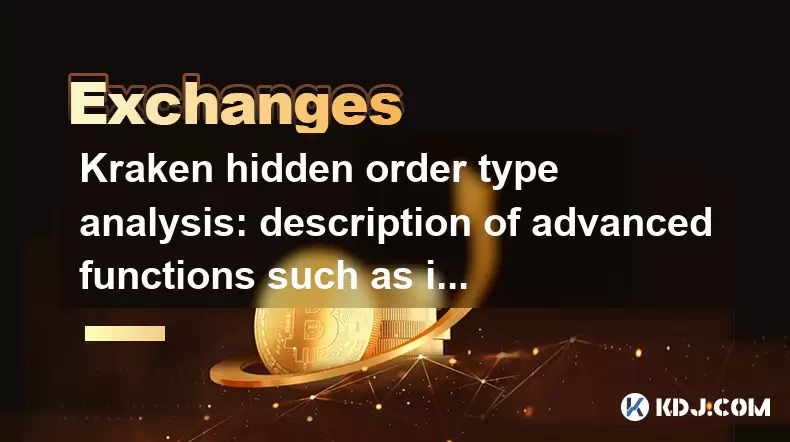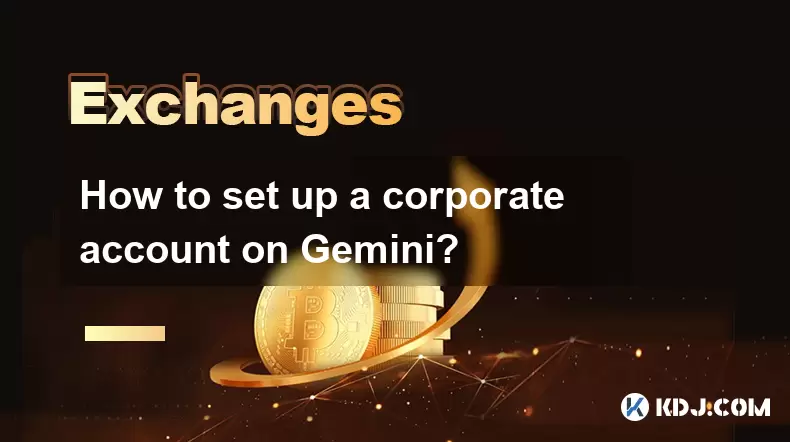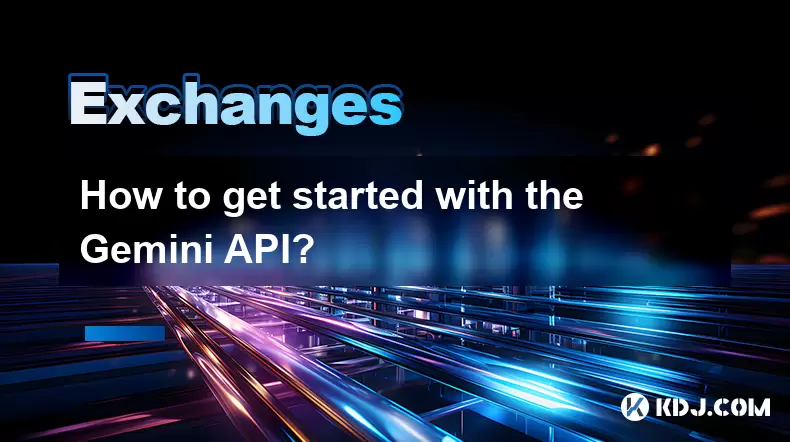-
 Bitcoin
Bitcoin $115000
0.12% -
 Ethereum
Ethereum $3701
4.50% -
 XRP
XRP $3.081
2.99% -
 Tether USDt
Tether USDt $0.0000
-0.01% -
 BNB
BNB $767.9
1.45% -
 Solana
Solana $169.5
3.13% -
 USDC
USDC $0.9999
0.01% -
 Dogecoin
Dogecoin $0.2106
4.30% -
 TRON
TRON $0.3334
1.62% -
 Cardano
Cardano $0.7564
2.54% -
 Stellar
Stellar $0.4165
0.76% -
 Hyperliquid
Hyperliquid $38.75
0.25% -
 Sui
Sui $3.593
3.00% -
 Chainlink
Chainlink $17.08
3.59% -
 Bitcoin Cash
Bitcoin Cash $573.6
4.35% -
 Hedera
Hedera $0.2508
-0.84% -
 Avalanche
Avalanche $23.07
6.46% -
 Ethena USDe
Ethena USDe $1.001
-0.02% -
 Litecoin
Litecoin $120.8
8.17% -
 UNUS SED LEO
UNUS SED LEO $8.943
-0.32% -
 Toncoin
Toncoin $3.400
-5.60% -
 Shiba Inu
Shiba Inu $0.00001255
1.54% -
 Uniswap
Uniswap $9.908
6.32% -
 Polkadot
Polkadot $3.718
2.10% -
 Monero
Monero $303.0
-0.74% -
 Dai
Dai $0.9999
-0.02% -
 Bitget Token
Bitget Token $4.392
0.91% -
 Cronos
Cronos $0.1403
6.31% -
 Pepe
Pepe $0.00001076
1.13% -
 Aave
Aave $267.2
1.80%
Kraken hidden order type analysis: description of advanced functions such as iceberg orders
Kraken's hidden and iceberg orders help traders execute large crypto trades discreetly, minimizing market impact and maintaining a strategic edge.
Jun 10, 2025 at 08:08 pm

Introduction to Kraken's Advanced Order Types
Kraken, one of the leading cryptocurrency exchanges, offers a variety of advanced order types to cater to the needs of both novice and experienced traders. Among these, hidden orders and iceberg orders stand out as sophisticated tools designed to enhance trading strategies. These order types allow traders to execute large orders without significantly impacting the market, thereby maintaining a competitive edge. In this article, we will delve into the specifics of these advanced functions, providing a comprehensive analysis of how they work and how they can be utilized effectively.
Understanding Hidden Orders on Kraken
Hidden orders, also known as invisible orders, are a type of order that does not appear in the public order book. This feature is particularly useful for traders who wish to buy or sell large quantities of cryptocurrency without revealing their intentions to the market. By keeping the order hidden, traders can avoid influencing the market price and reduce the risk of front-running by other market participants.
To place a hidden order on Kraken, follow these steps:
- Log in to your Kraken account and navigate to the trading interface.
- Select the trading pair you wish to trade.
- Click on the "New Order" button to open the order form.
- Choose "Hidden Order" from the order type options.
- Enter the desired quantity and price for your order.
- Review your order details and submit the order.
Once submitted, your hidden order will not be visible to other traders, allowing you to maintain discretion in your trading activities.
Exploring Iceberg Orders on Kraken
Iceberg orders are another advanced order type offered by Kraken, designed to execute large orders in smaller, visible portions. The term "iceberg" refers to the fact that only a small part of the order (the tip) is visible in the order book, while the bulk of the order (the submerged part) remains hidden. This allows traders to execute large orders without causing significant market impact.
To place an iceberg order on Kraken, follow these steps:
- Log in to your Kraken account and navigate to the trading interface.
- Select the trading pair you wish to trade.
- Click on the "New Order" button to open the order form.
- Choose "Iceberg Order" from the order type options.
- Enter the total quantity you wish to trade and the display quantity (the visible portion of the order).
- Set the desired price for your order.
- Review your order details and submit the order.
Once submitted, only the display quantity will be visible in the order book, while the remaining quantity will be executed as it matches with other orders.
Strategic Use of Hidden and Iceberg Orders
Both hidden and iceberg orders can be strategically used to manage large trades effectively. Hidden orders are particularly useful when you want to buy or sell a significant amount of cryptocurrency without alerting other market participants. For instance, if you believe that revealing your large order could drive the price against your favor, a hidden order allows you to execute your trade discreetly.
On the other hand, iceberg orders are ideal for traders who need to execute large orders over time without causing immediate market impact. By breaking down the order into smaller visible portions, you can gradually fill your order while minimizing the influence on the market price. This can be particularly advantageous in thinly traded markets where large orders could lead to significant price slippage.
Practical Examples of Hidden and Iceberg Orders
To illustrate the practical application of hidden and iceberg orders, consider the following scenarios:
Scenario 1: Using a Hidden Order to Buy Bitcoin
Suppose you want to buy 100 BTC without affecting the market price. By placing a hidden order, you can set your buy order at a specific price without it appearing in the order book. As other sellers match your price, your order will be filled gradually without alerting the market to your intentions.
Scenario 2: Using an Iceberg Order to Sell Ethereum
Imagine you need to sell 10,000 ETH but want to avoid causing a sharp price drop. You can place an iceberg order with a display quantity of 100 ETH at a time. As each 100 ETH portion is filled, another 100 ETH will become visible in the order book, allowing you to sell your entire position without significantly impacting the market.
Potential Risks and Considerations
While hidden and iceberg orders offer significant advantages, it's important to be aware of potential risks and considerations. Hidden orders may take longer to fill since they are not visible to other traders, which could lead to missed trading opportunities. Additionally, if the market moves away from your hidden order price, you may need to adjust your order to remain competitive.
Iceberg orders also come with their own set of considerations. If the market becomes aware of your iceberg order strategy, other traders may attempt to front-run your visible portions, potentially affecting your overall execution price. Therefore, it's crucial to monitor your orders closely and be prepared to adjust your strategy as needed.
Frequently Asked Questions
Q: Can I use hidden and iceberg orders on all trading pairs on Kraken?
A: Hidden and iceberg orders are available on most trading pairs on Kraken, but it's always best to check the specific trading pair you are interested in to confirm availability.
Q: Are there any fees associated with using hidden and iceberg orders on Kraken?
A: Kraken does not charge additional fees for using hidden or iceberg orders. However, standard trading fees will apply based on your account tier and trading volume.
Q: Can I modify or cancel a hidden or iceberg order after it has been placed?
A: Yes, you can modify or cancel both hidden and iceberg orders at any time before they are fully executed. Simply navigate to the "Open Orders" section of your Kraken account and select the order you wish to modify or cancel.
Q: How can I track the progress of my hidden or iceberg order?
A: You can track the progress of your hidden or iceberg order by monitoring the "Open Orders" section of your Kraken account. For iceberg orders, you will see the total quantity and the remaining quantity that has yet to be displayed and filled.
Disclaimer:info@kdj.com
The information provided is not trading advice. kdj.com does not assume any responsibility for any investments made based on the information provided in this article. Cryptocurrencies are highly volatile and it is highly recommended that you invest with caution after thorough research!
If you believe that the content used on this website infringes your copyright, please contact us immediately (info@kdj.com) and we will delete it promptly.
- Bitcoin, Fed Rate Cut, and Crypto Stocks: A New Yorker's Take
- 2025-08-05 14:50:12
- Police, Cryptocurrency, Bitcoin Windfall: Unexpected Gains and Cautionary Tales
- 2025-08-05 15:30:12
- MAGACOIN: The Next Shiba Inu ROI? A Crypto Presale Deep Dive
- 2025-08-05 15:30:12
- Bitcoin, Kiyosaki, and the August Curse: Will History Repeat?
- 2025-08-05 14:50:12
- Crypto Airdrops: Your August 2025 Guide to Free Tokens & Opportunities
- 2025-08-05 13:45:13
- Luxury Dining Reimagined: St. Regis Singapore & Marriott's Culinary Celebration
- 2025-08-05 13:45:13
Related knowledge

How to set and manage alerts on the Gemini app?
Aug 03,2025 at 11:00am
Understanding the Gemini App Alert SystemThe Gemini app offers users a powerful way to stay informed about their cryptocurrency holdings, price moveme...

How to use the Gemini mobile app to trade on the go?
Aug 04,2025 at 09:14am
Setting Up the Gemini Mobile AppTo begin trading on the go using the Gemini mobile app, the first step is installing the application on your smartphon...

How to set up a corporate account on Gemini?
Aug 05,2025 at 03:29pm
Understanding Gemini Corporate AccountsGemini is a regulated cryptocurrency exchange platform that supports both individual and corporate account crea...

What to do if you forgot your Gemini password?
Aug 04,2025 at 03:42am
Understanding the Role of Passwords in Gemini AccountsWhen using Gemini, a regulated cryptocurrency exchange platform, your password serves as one of ...

What are the websocket feeds available from the Gemini API?
Aug 03,2025 at 07:43pm
Overview of Gemini WebSocket FeedsThe Gemini API provides real-time market data through its WebSocket feeds, enabling developers and traders to receiv...

How to get started with the Gemini API?
Aug 05,2025 at 12:35pm
Understanding the Gemini API and Its PurposeThe Gemini API is a powerful interface provided by the cryptocurrency exchange Gemini, enabling developers...

How to set and manage alerts on the Gemini app?
Aug 03,2025 at 11:00am
Understanding the Gemini App Alert SystemThe Gemini app offers users a powerful way to stay informed about their cryptocurrency holdings, price moveme...

How to use the Gemini mobile app to trade on the go?
Aug 04,2025 at 09:14am
Setting Up the Gemini Mobile AppTo begin trading on the go using the Gemini mobile app, the first step is installing the application on your smartphon...

How to set up a corporate account on Gemini?
Aug 05,2025 at 03:29pm
Understanding Gemini Corporate AccountsGemini is a regulated cryptocurrency exchange platform that supports both individual and corporate account crea...

What to do if you forgot your Gemini password?
Aug 04,2025 at 03:42am
Understanding the Role of Passwords in Gemini AccountsWhen using Gemini, a regulated cryptocurrency exchange platform, your password serves as one of ...

What are the websocket feeds available from the Gemini API?
Aug 03,2025 at 07:43pm
Overview of Gemini WebSocket FeedsThe Gemini API provides real-time market data through its WebSocket feeds, enabling developers and traders to receiv...

How to get started with the Gemini API?
Aug 05,2025 at 12:35pm
Understanding the Gemini API and Its PurposeThe Gemini API is a powerful interface provided by the cryptocurrency exchange Gemini, enabling developers...
See all articles

























































































